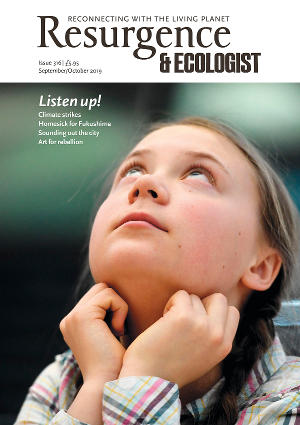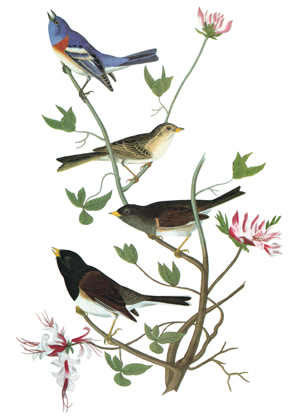From within the blue-black thickness of a breaking dawn, a blackbird pierces the silence with its rich and triumphant song, as if celebrating surviving another night. A wren soon joins in, and before long the silent night is a raucous dawning day.
The dawn chorus has pulsed across the globe for millions of years, tracking the journey of the sun as its light reaches each landscape around the Earth. In the 24 million years since songbirds first evolved, the shape and sound of the chorus has changed as new species have developed their own unique sounds. In much more recent times it has become quieter in our native soundscapes, with songbird numbers plummeting by 55% since the early 1970s.
Soundscapes offer a powerful way to measure the health of an ecosystem not visible to the naked eye, reflecting systemic functionality. Each ecosystem has its own unique soundscape made up of the sounds created by its components. This includes biophony, the sounds produced by living organisms; geophony, non-biological sounds such as wind in the trees, or running water in a stream; and the ever-growing anthropophony, sounds produced by human activity. In many landscapes, anthropophony increasingly dominates, drowning out the sounds of Nature. This is a problem for animals that rely on sound to communicate, such as whales in the ocean.
Every living organism creates a unique acoustic signature, whether it’s a vocalisation such as birdsong, or a sound created by characteristic behaviour such as the snapping of shrimp claws as they feed. Over millions of years, birds and other animals have developed unique lifeways to occupy – feeding, travelling, mating and communicating in distinct ways to reduce competition and enhance survival, each finding its own niche to inhabit. ‘Niche separation’ happens within soundscapes as well as physical landscapes. Different species occupy unique ‘sonic niches’, each using its own bandwidth (or time to use it) so that its voice can carry clearly within the soundscape and be heard by others of its kind.
Soundscape ecologists and palaeoecologists can use soundscape analysis to identify missing species by identifying which bandwidths are unoccupied, or to speculate what sounds extinct species would have made. With species loss and habitat degradation at their highest for millennia, a whole world of wild soundscapes is falling away. The over-grazed, over-farmed land and dense conifer plantations of Britain are often eerily silent, providing sparse opportunities for connecting with the wonder of Nature, or appreciating its beauty and abundance.
Our senses are often dulled by modern-day existence, and most people who manage to get out into Nature do so with a head full of busy thoughts or a friend to chat with, while the sights, sounds and smells of wild Nature pass by largely unnoticed. The first step in reconnecting with Nature and rewilding ourselves is to come to our senses. Our senses are our doorways to the world around us, the first point of Nature connection and our primary channel of communication with Gaia. When we come to realise that this is not a one-way process – that the world around us is also sensing and perceiving us in a two-way exchange – sensing and perceiving can become a deep communion.








